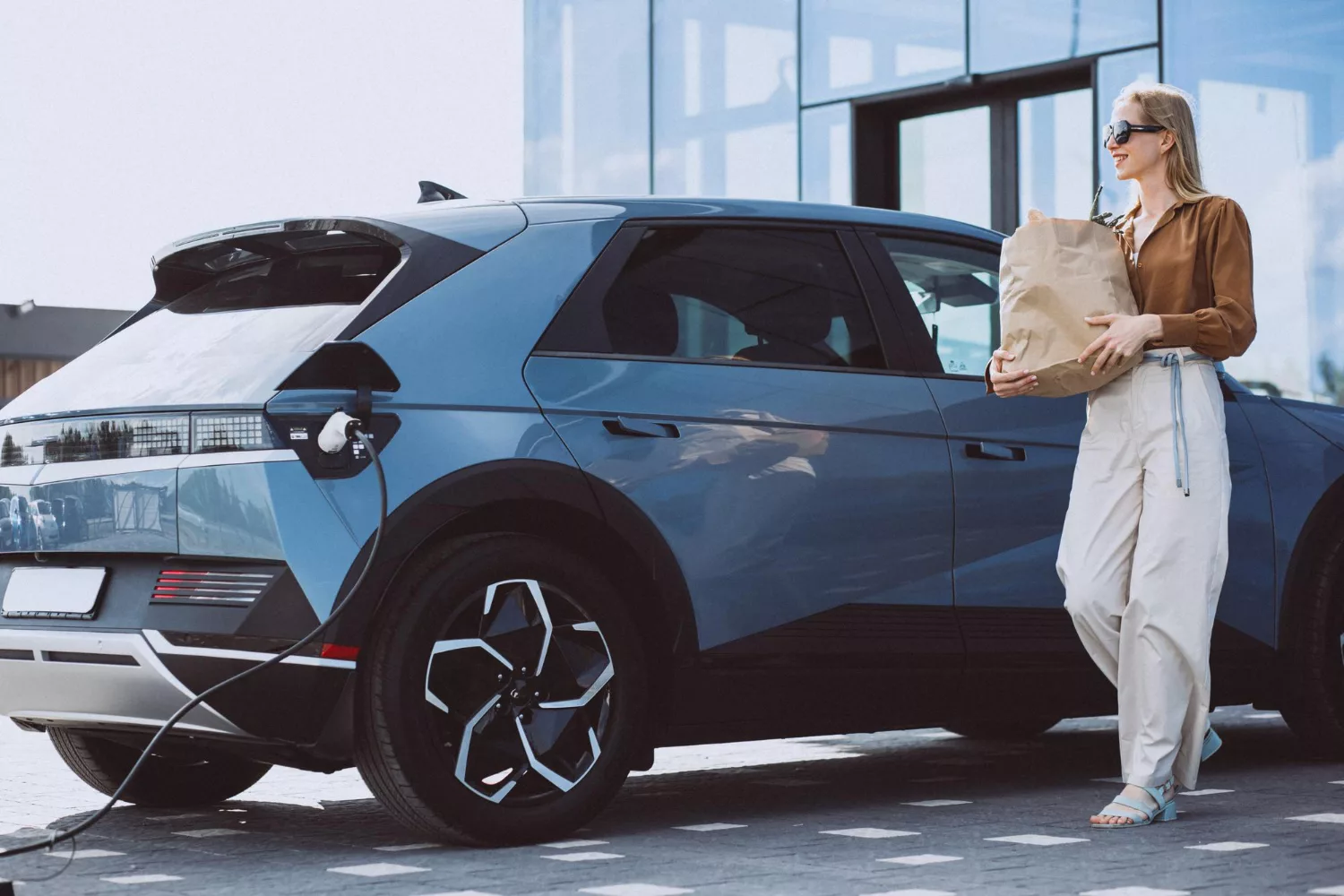
There’s nothing like standstill traffic during rush hour to make you feel envious of the people who get to drive in the HOV lane, shaving off precious minutes from their commutes. For many people, the way to get into that lane is by bringing passengers such as friends, coworkers, children, and other family members. This solution doesn’t work for everyone, though, so it’s good news that numerous states are adopting regulations that allow SUVs that are classified as electric vehicles to access these speedier lanes.
Using the EV lane can be a significant benefit to your life. It simply feels better to keep moving on the road, even if it’s at a slow speed. The frustration that comes from stop-and-go traffic raises stress levels and could make you more irritable. Aside from the psychological benefit of removing this stressor, using the EV lane also has a material impact on your life, giving you the time to truly enjoy your first cup of coffee in the morning without feeling too rushed to make it to your destination.
If you’re ready to start taking your daily trips in the EV lane, have a look at some of the top vehicles that could help you access it.
Regulations Regarding the EV Lane: Who Can Use It and When
Depending on where you live, HOV lanes, which better manage rush hour traffic, are a common sight on the highway. Many states, such as California, Florida, and Colorado, have started to adopt special lane considerations for electric vehicles as a form of encouragement for more people to reduce their gas consumption on the road. One perk that comes with these programs is granting drivers of electric vehicles access to HOV lanes, regardless of the number of passengers in their vehicles.
Nevertheless, it may not be immediately clear what kind of vehicles qualify for this electric vehicle consideration. Entirely electric vehicles such as those made by Tesla typically fit the bill, but what about hybrids? Does your vehicle have to reach a certain level of efficiency before you can enjoy the benefits of a smooth ride in the HOV or EV lane? Specific regulations vary by municipality and state but often separate vehicles into categories such as alternative fuel vehicles (including natural gas and other non-gasoline fuels), hybrid vehicles (combining an electric-powered starter with a gas engine to improve fuel efficiency), and fully electric vehicles (fuel cells or plug-in electric vehicles).
SUVs to Keep You Moving in the EV Lane
If you’re traveling through a state with EV lanes or HOV lanes that have EV access, you may be curious about which SUVs can drive in that lane. This list focuses on hybrid and fully electric vehicles, as alternative fuel vehicles are more of a special case. The hybrid SUVs that are often a clean fit for these lanes may include the following:
- Ford Escape
- Honda CR-V
- Hyundai Santa Fe
- Hyundai Tucson
- Kia Niro
- Kia Sorento
- Kia Sportage
- Lexus RX
- Lexus NX
- Lincoln Corsair
- Mitsubishi Outlander
- Subaru Crosstrek
- Toyota Highlander
- Toyota RAV4
- Toyota Sequoia
- Toyota Venza
- Volvo XC60 Recharge
It’s important to note, however, that some states such as New Jersey set their regulations around total mileage. Even though they’re hybrid vehicles, SUVs are still hefty and may drag performance down. So, a particular model may not be eligible for HOV usage during rush hour times. If you’re driving a hybrid, check the local regulations to see if you can enjoy the perks.
Fully electric SUVs, on the other hand, have fewer restrictions regarding HOV lane usage. The following list features fully electric motors that provide the exceptional efficiency that states with EV lanes want to encourage:
- Chevrolet Bolt EUV
- Ford Mustang Mach-E
- Hyundai Ioniq 5
- Hyundai Kona Electric
- Kia EV6
- Mazda MX-30
- Nissan Ariya
- Subaru Solterra
- Volkswagen ID.4
- Toyota bZ4X
Despite the smaller selection, these electric vehicles boast consistent options with a charge that generally gets around 300 miles. Given the restrictions that come with this kind of energy, you’ll have to plan longer trips accordingly to let your SUV have time to recharge. Nevertheless, for daily commuting in the HOV lane, these vehicles can be a superior option, as they’re typically qualified for special lane access in nearly all municipalities and states that allow it.